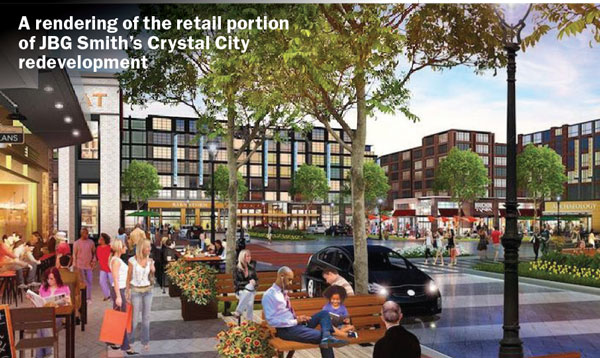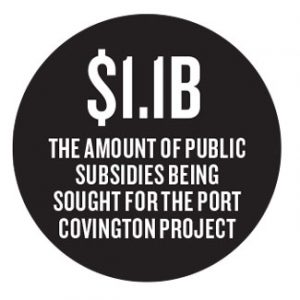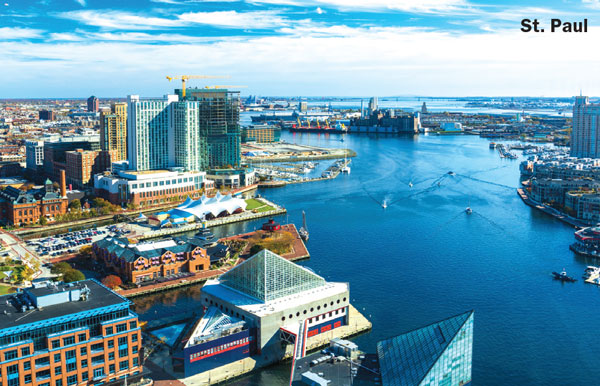Seattle: Amazon holds national beauty pageant for second HQ
Amazon sent local and state officials across the country into a frenzy last month, when it released a request for proposals (RFP) for a $5 billion second headquarters that will employ up to 50,000 people.
Amazon CEO Jeff Bezos said he expects the “HQ2” to be a “full equal” to the existing 8.1 million-square-foot Seattle campus. The company said that its 33-building Seattle operation had boosted the city’s economy by $38 billion between 2010 and 2016 and spelled out some interesting benefits of having the world’s largest online retailer in town. Amazon said that 233,000 hotel nights were booked in Seattle by visiting employees and guests and that it had paid $43 million into Seattle’s transit system through its employee transportation benefit package. Naturally, there’s a lot of interest.
Just about every major city around the country wants to house Amazon’s new campus, including Chicago, Atlanta, Detroit, New York, Boston and Los Angeles. Amazon “has preference” for a metropolitan region with an international airport and a population greater than 1 million. The company also noted that it would look at suburban locations “with the potential to attract and retain strong technical talent.”
Considering the magnitude of the project, Amazon isn’t giving much time for cities to make their case: Proposals are due Oct. 17, and it plans to choose a winner next year.

Washington, D.C.: JBG Smith reinvents a chunk of Crystal City
JBG Smith Properties — a real estate investment trust tied to Vornado Realty Trust — is rebranding a chunk of Crystal City in Arlington, Virginia.
The Chevy Chase, Maryland-based developer filed its initial development application for “North District” with local authorities last month, according to Washington Business Journal.
 The plans call for 120,000 square feet of retail— 50,000 of which will be set aside for an Alamo Drafthouse movie theater. JBG Smith also hopes to bring a 15,000- to 20,000-square-foot grocery store to the neighborhood.
The plans call for 120,000 square feet of retail— 50,000 of which will be set aside for an Alamo Drafthouse movie theater. JBG Smith also hopes to bring a 15,000- to 20,000-square-foot grocery store to the neighborhood.
There are three more phases of development planned for Crystal City, which could ultimately add 3,300 new residential units to the area. The company is planning the conversion of a 12-story office building into a 350-unit residential tower, a new Metro station and “a lot of wonderful open and green space,” according to JBG Co-Chief Development Officer Brian Coulter.
JBG inherited two dozen Crystal City properties totaling more than 7 million square feet when it merged with Vornado’s D.C. outfit in July. Vornado had filed a somewhat similar plan for the redevelopment of the area, but it never crystallized.
Crystal City is a is a semi-planned community that was built during the 1960s and 1970s, just a stone’s throw from Reagan National Airport and served by a stop on D.C.’s Metro.

Baltimore: Goldman Sachs invests $23M in waterfront redevelopment
Goldman Sachs is making big moves in Maryland.
The financial firm will become the joint venture partner of Sagamore Development Co. — a development firm led by Under Armour CEO Kevin Plank — on Port Covington, a planned $5.5 billion, 235-acre mixed-use development along the Patapsco River, according to the Baltimore Sun.
 Sagamore is taking the lead on the redevelopment of the once-industrial area. There will be roughly two and a half miles of restored waterfront, 400 acres of parks and green space and a mix of housing, offices and retail. Under Armour is independently developing a campus for its global headquarters on an adjacent 50-acre parcel.
Sagamore is taking the lead on the redevelopment of the once-industrial area. There will be roughly two and a half miles of restored waterfront, 400 acres of parks and green space and a mix of housing, offices and retail. Under Armour is independently developing a campus for its global headquarters on an adjacent 50-acre parcel.
Sagamore and Goldman Sachs plan to start building streets, parks and utilities within the next 12 to 18 months, according to the Sun.
Sagamore had requested a total of $1.1 billion in financing from local, state and federal funds —$660 million of which is already secured.
Port Covington has been somewhat controversial among Baltimoreans, some of whom say the $535 million in bond-backed tax increment financing (TIF) the city is providing for the project is too generous. The city would provide the funding through municipal bonds, which would be paid by the future tax revenue generated by Port Covington. Repaying the TIF restricts the use of those taxes for other uses, such as schools.

St. Paul: Downtown riverfront public-private partnership called off
A highly anticipated, $225 million redevelopment plan for a Ramsey County-owned 5-acre riverfront site near downtown St. Paul fell through last month after a disagreement over funding, according to the Twin Cities Pioneer Press.
Ramsey County announced it had mutually broken up its partnership with the Phoenix, Arizona-based Cardon Development Group after the developer asked for additional public funds to build a parking lot on the site.
Cardon had planned a 300-unit residential tower, a hotel and a commercial high-rise above a parking garage — but insisted on having 2,000 to 2,500 parking spaces, far more than the city thought it needed.
The county balked at the prospect of subsidizing the construction of the parking lot — especially after having spent $17 million for the demolition of vacant buildings on the parcel in 2015.
The demolition came in $6 million more than original estimates, but the local government opted to raze the buildings to make the property more attractive to potential developers. The county had struggled to sell the lot for more than a decade.
County officials said they would look into how to make the redevelopment cheaper.
